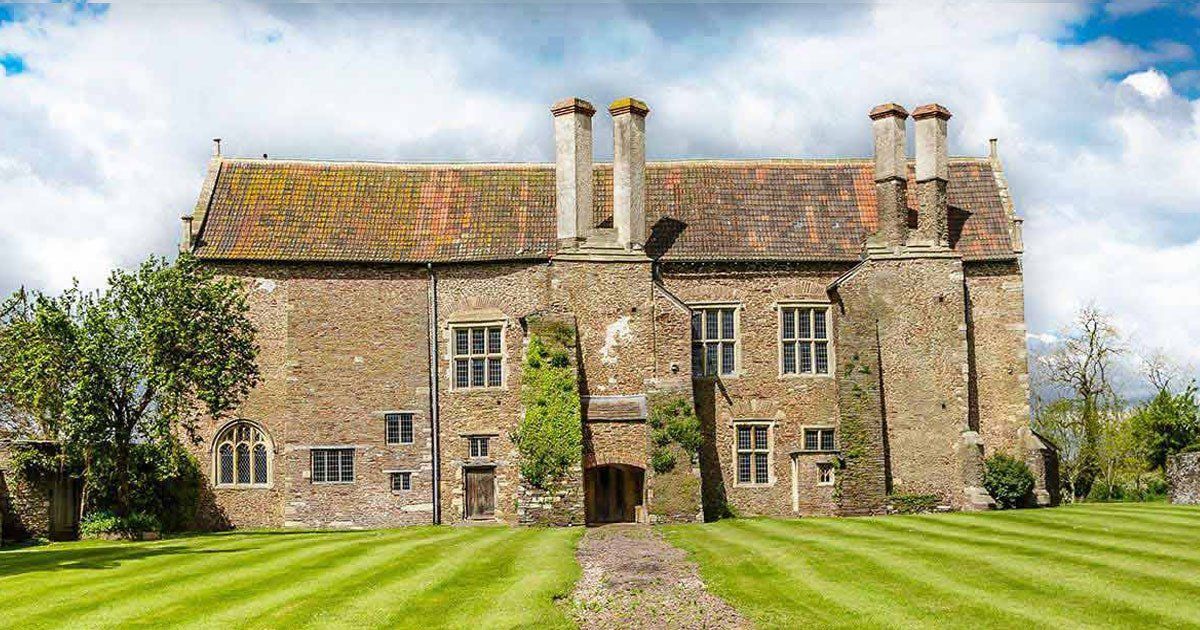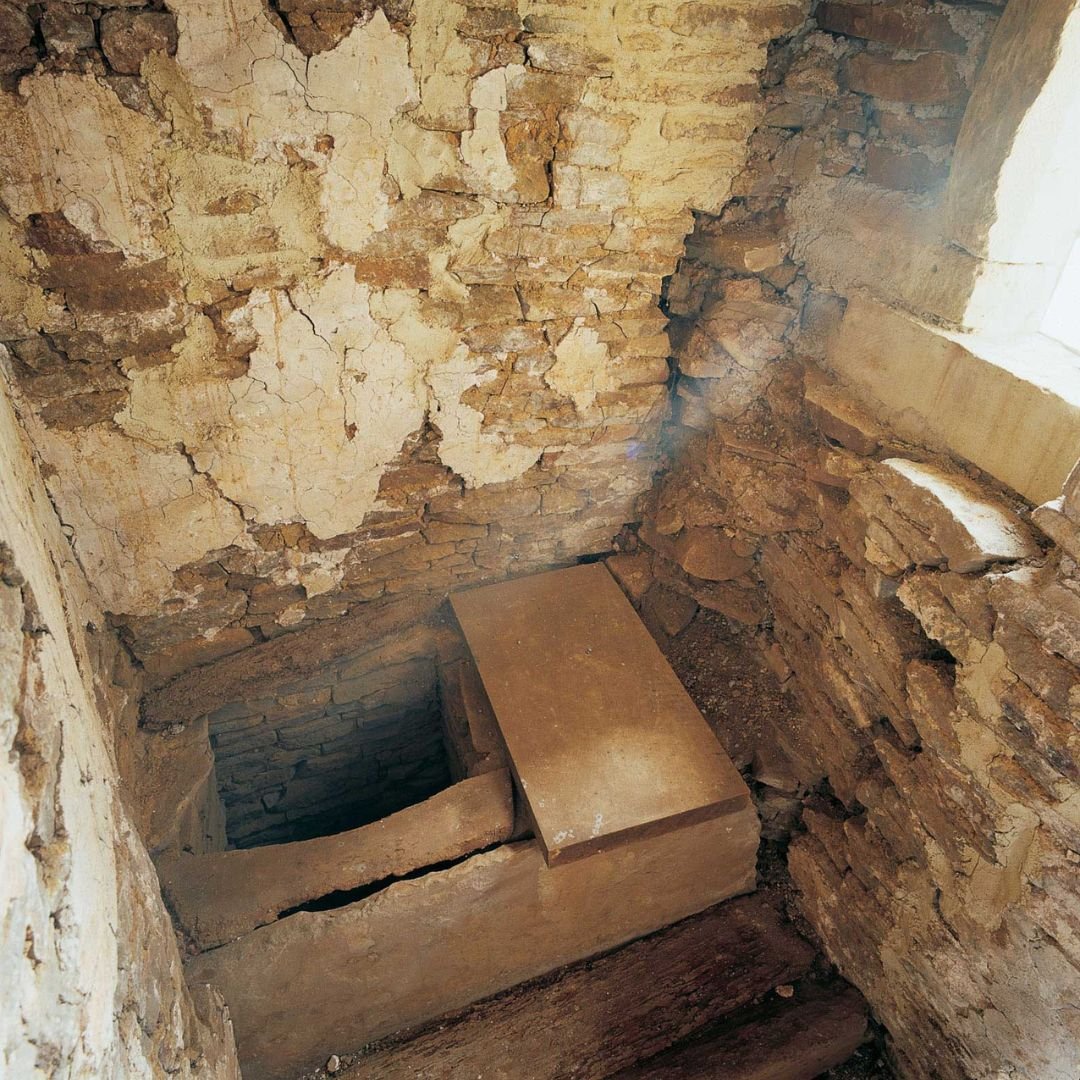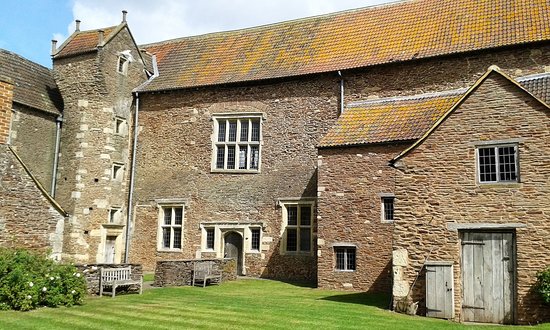Acton Court is celebrated as one of the most authentic and best-preserved Tudor houses in Britain, known for its remarkable historical charm and architectural integrity. This Grade I listed structure embodies the grandeur of the Tudor period, retaining much of its original design and detail, making it a valuable cultural and architectural landmark.
Historical Background
The Vision of Sir Nicholas Poyntz
The house was meticulously remodeled by Sir Nicholas Poyntz in anticipation of a royal visit in 1535 by King Henry VIII and his second queen, Anne Boleyn. To accommodate and impress the royal entourage, Poyntz undertook an ambitious expansion project that involved adding an elaborate East Wing. This addition was designed to showcase the latest in Renaissance architecture and emphasized the growing wealth and influence of the Poyntz family.

The Royal Progress of 1535
Henry VIII’s 1535 progress through the West Country was significant, as it was meant to reinforce his political alliances during a turbulent time following England’s break from the Catholic Church. Acton Court’s remodel served not only as an accommodation for royalty but also as a statement of loyalty and political alignment. The changes made by Poyntz were carefully crafted to demonstrate his allegiance to the crown and his embrace of the new religious and cultural shifts of the period.
Architectural Significance
The East Wing: A Showcase of Renaissance Opulence
The newly constructed East Wing, built specifically for the royal visit, stands as a masterpiece of Tudor Renaissance architecture. The wing included grand rooms adorned with lavish tapestries, expansive windows, and exquisite wooden paneling—all of which reflected the opulent aesthetic emerging in England at the time. The layout and features were intended to provide luxurious accommodations while also symbolizing Poyntz’s sophistication and wealth.

The Tudor Gardens
Complementing the house, the Tudor gardens were designed to highlight the elegance and social status of the Poyntz family. Landscaped with pathways and flower beds, these gardens would have been filled with aromatic plants and flowers, creating a tranquil and prestigious environment befitting a royal visit. These gardens played a role in the aesthetic appeal of Acton Court, enhancing its allure and showcasing the Renaissance ideal of harmonizing architecture with nature.
Preservation and Legacy
A Rare Tudor Gem
Today, Acton Court remains a remarkable example of Tudor architecture and is considered one of Britain’s most authentic Tudor structures. It has retained much of its original design, materials, and decor, allowing visitors a rare glimpse into the living conditions and social customs of 16th-century England. Due to its well-preserved state, Acton Court serves as a treasure trove for historians and visitors interested in the Tudor period.

Acton Court’s Role in Modern Heritage
Now a protected heritage site, Acton Court’s unique architecture and history have solidified its status as a vital educational and cultural resource. The building continues to attract scholars, tourists, and Tudor enthusiasts, who come to explore its historical narrative and architectural elegance. It stands as a reminder of the luxury and strategic alliances crafted to honor a king and navigate the intricate political landscape of Tudor England.
Conclusion
Acton Court is more than just a historic house; it is a testament to the artistry, ambition, and loyalty of the Tudor era. Its carefully preserved structure, designed to welcome a king, reflects the lengths to which nobles went to assert their loyalty and status. Acton Court remains an enduring symbol of England’s Tudor past, offering insights into the architectural grandeur and cultural transformations of the time.

